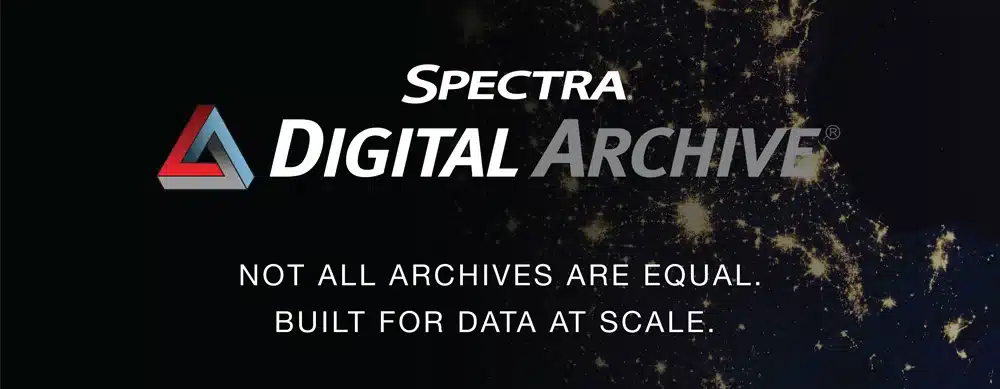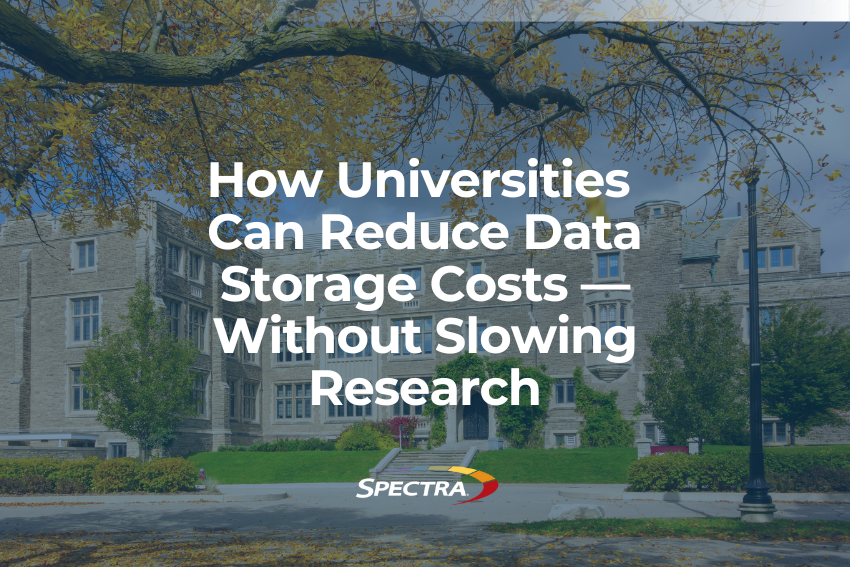Data is growing exponentially and its value is often unpredictable. Data archiving is an essential part of managing data storage throughout its lifecycle. According to TechTarget, data archiving is defined as the process of moving data that is no longer actively used to a separate storage device for long-term retention. This includes older data that remains important or must be retained for future reference and analysis or regulatory compliance reasons.
Data archiving offers several well-known benefits for organizations, including the freeing up of valuable storage space on primary systems; improving data management and system performance; reducing the overall cost of data storage; and ensuring that important data is preserved for disaster recovery, future reference and regulatory requirements. For data-intensive organizations, modern approaches to archiving are essential strategic initiatives that preserve data for long periods of time, scale as archives grow, and allow active access to the data.
But what modern approaches to data archiving are particularly well suited for data at scale?
Bulk Archiving
Bulk archiving refers to the process of transferring large amounts of inactive data to an archive system in one go, as opposed to archiving data incrementally over time. The goal of bulk archiving is to move large volumes of data to a separate storage system, freeing up space on primary systems. The bulk archive process can also help organizations meet regulatory requirements for data retention and provide a secure, tamper-proof repository for critical data. Typically, bulk archiving requires specialized software tools and processes that are designed to handle large volumes of data efficiently and effectively.
Project Archiving
Project archiving refers to the process of preserving and storing the data and information associated with a specific project, once the project has been completed or is no longer actively in use. The goal of project archiving is to ensure that project data is preserved for future reference, analysis or legal proceedings, while freeing up valuable storage space on primary systems. Project archiving typically involves identifying and collecting relevant project data, compressing the data, converting it to a format suitable for long-term storage, and then transferring it to an archive system. Project archiving can help organizations to improve data management, meet regulatory requirements, and maintain a complete record of their project activities and outcomes.
Active Archiving
An active archive is designed to store large amounts of data that are infrequently used, but still need to be readily accessible. Unlike traditional archive systems, which are optimized for long-term storage and retrieval of data, active archives are designed to provide fast and efficient access to data even after it has been moved to the archive. This allows organizations to not only free up space on primary systems, but to do so while still being able to retrieve important data quickly and easily when it is needed. Active archives typically use a combination of advanced storage technologies and data management software to provide fast access to data, while also providing cost-effective long-term storage options. The goal of an active archive is to provide a single repository that makes it easier to manage, search, and analyze large amounts of information in an archive.
Not all archives are equal. Spectra’s easy-to-manage archive solutions, including enterprise digital preservation software, low-cost tape, disk, and object storage systems make archiving easy and affordable by going beyond basic archive capabilities to enable cost-effective bulk archive, project archive, active archives, and automated long-term archive. With Spectra’s broad range of archive solutions, organizations can protect their data as well as their budgets.
Learn more about the Spectra Digital Archive (SDA) solution here.







